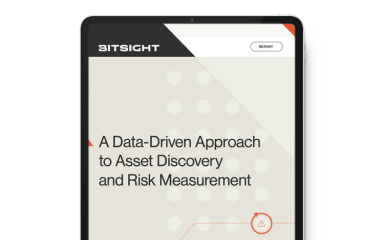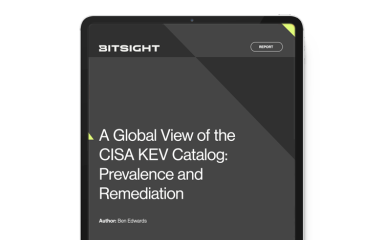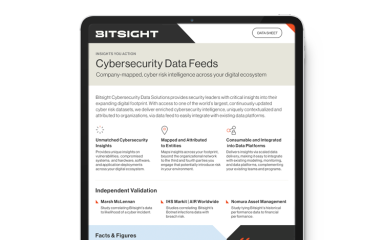When your digital infrastructure changes every second of every day, how do you keep pace? Bitsight deploys one of the largest data discovery engines in the world to continuously identify assets, relationships, and security observables that impact risk in your organization.
Active data collection with Bitsight Groma.
Bitsight Groma sits at the center of our Active Data Collection capability. The proprietary scanner continuously monitors the entire internet to provide a near real-time view of connected assets and entities. Operating our own scanning technology – and not relying solely on third-party providers – creates the ability to:
- Innovate more rapidly through greater control over the scanning process
- Accelerate mean-time-to-detection for new vulnerabilities and asset updates
- Respond faster to changes in customer environments
The benefits manifest into all of the Bitsight’s products and services from Continuous Vendor Monitoring and External Attack Surface Management to Cybersecurity Ratings.
Bitsight scanning in action.
A report from Greynoise.io shows the magnitude of internet scanning that Bitsight deploys to identify changes in internet connected devices. “Bitsight dedicates a crazy amount of infrastructure to poke at internet nodes.” - Greynoise.io
Passive data collection.
Bitsight passive data collection leverages a variety of tools and techniques
Security observables.
Some of our most powerful passive data collection methods include leveraging sinkholes, malware emulators, honeypots, and other similar techniques. The combination of data sources creates a rich set of security observables to understand and measure risk. Some examples include:
- Worms and botnets
- Ransomware precursors
- Malware, Adware, and Greyware
- Malicious scanning and Vulnerability Exploits
Of note, Bitsight operates one of the world’s largest sinkhole infrastructures, enabling our team to intercept command and control communications from malware and botnets to analyze communication patterns about malware and track the source IP address of infected machines.


